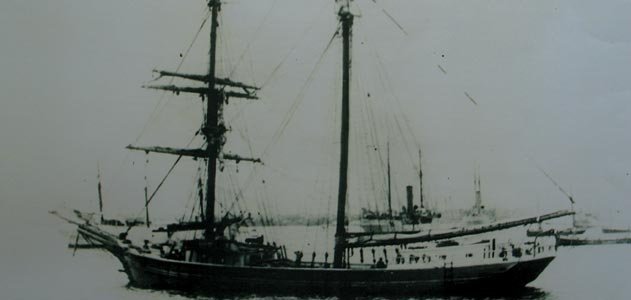OF THE
TIMES
Blum said it so well...-"If you think what the government is doing is bad, it's a hundred times worse". Something like that.
As a United Nations 'scientist', this clown has a global audience, but what about people just like him who have a smaller, but more impressionable...
To assume an orca doesn't know what a rudder/tail is or does says a lot about the ignorance of these observations.
This is ridiculous - germany - the ones in positions making rules - they have proven themselves worthless - I mean the gas from Russia is...
Now - if you can't stand up - then no drinks will be delivered to you - but if you are ready for a fight - then welcome to the tavern! Drinks on...
To submit an article for publication, see our Submission Guidelines
Reader comments do not necessarily reflect the views of the volunteers, editors, and directors of SOTT.net or the Quantum Future Group.
Some icons on this site were created by: Afterglow, Aha-Soft, AntialiasFactory, artdesigner.lv, Artura, DailyOverview, Everaldo, GraphicsFuel, IconFactory, Iconka, IconShock, Icons-Land, i-love-icons, KDE-look.org, Klukeart, mugenb16, Map Icons Collection, PetshopBoxStudio, VisualPharm, wbeiruti, WebIconset
Powered by PikaJS 🐁 and In·Site
Original content © 2002-2024 by Sott.net/Signs of the Times. See: FAIR USE NOTICE

There is nothing new here.